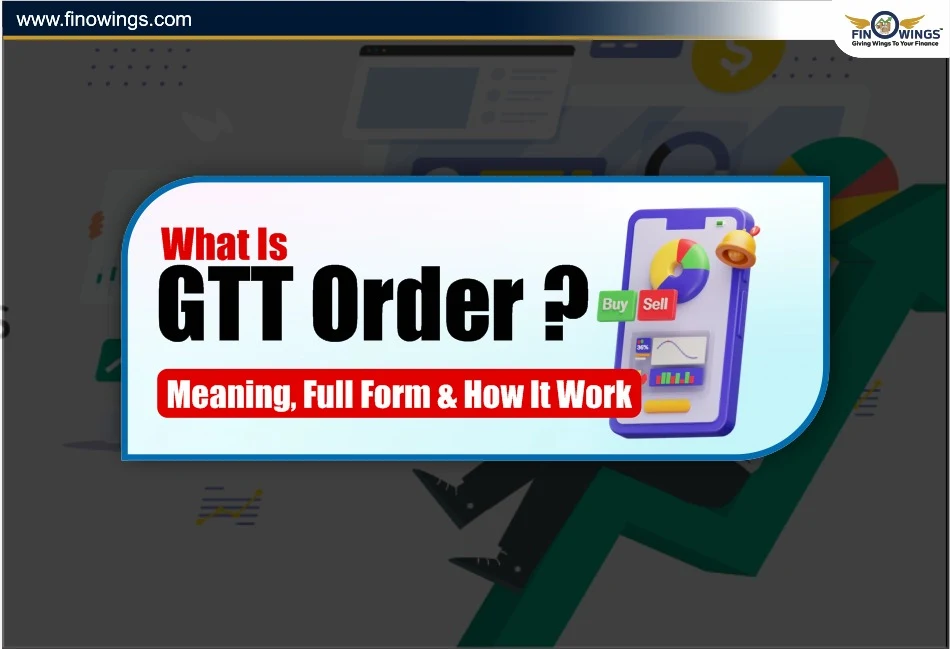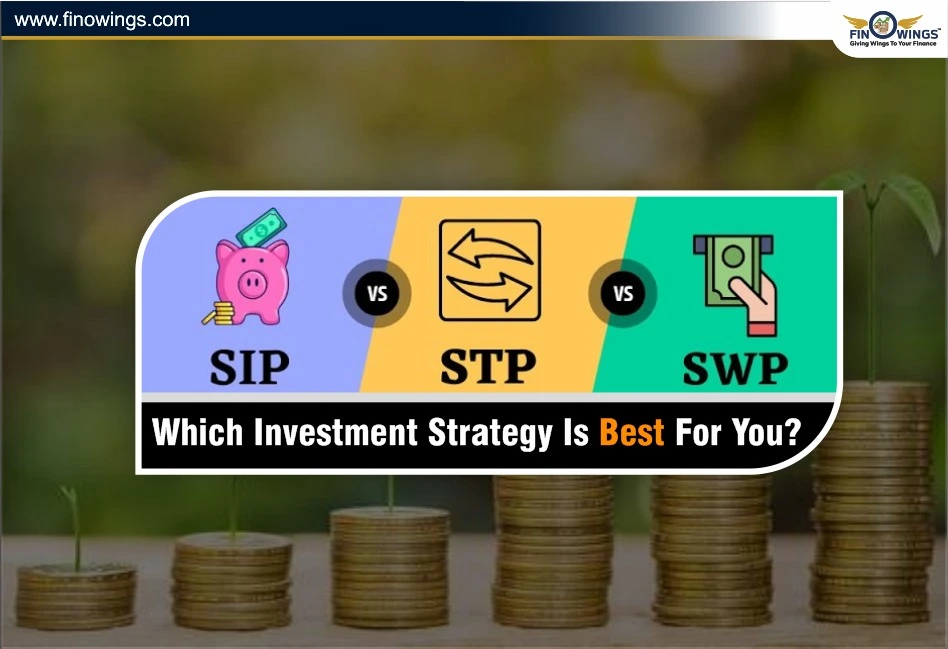Home >> Blog >> 10 Common Mutual Fund Mistakes That Reduce Returns
10 Common Mutual Fund Mistakes That Reduce Returns

Table of Contents
- 1. Not Defining Financial Goals
- 2. Not Recognising Investment Risk
- 3. Not Paying Attention to Expense Ratios
- 4. Chasing Past Performance
- 5. Stopping SIPs During Market Downturns
- 6. Not Reviewing Your Portfolio
- 7. Over-Diversification
- 8. Timing the Market
- 9. Ignoring Asset Allocation
- 10. Exiting Too Early
- Conclusion
One of the most effective and accessible ways to build long-term wealth is through mutual funds. Although they simplify investing, many mistakes can be made that decrease the overall value of an investor's wealth.
Recognising these common mutual fund mistakes will improve decision making and lengthen the period an investor stays invested.
In this blog, we will walk through the top 10 mistakes to avoid while investing in mutual funds, the reasoning behind these mistakes, and their adjustments.
1. Not Defining Financial Goals
The most significant mutual fund mistake an investor can make is to invest without setting a goal. Many people start SIPs simply because a friend recommended a fund, with no personal goal in mind. This is a common situation of goal-less investing.
Mistake: In the absence of a goal, it becomes impossible to determine the right mutual fund type - equity, debt, or hybrid - or the investment duration.
The Fix: Set defined specific mutual fund goals, such as saving for the children’s education or buying a house in 10 years. From that time and risk level, determine the outlined mutual funds.
2. Not Recognising Investment Risk
Newer investors often think that they can get mutual funds at no charge risk because they are “professionally managed.” This often leads to mutual funds mistakes like selling mutual funds during a panic.
Mistake: Every mutual fund has an element of risk, especially equity funds. Not knowing what to expect in terms of risk aversion will cause an investor to exit an investment at the wrong time, potentially stunting their capital appreciation on the investment in the future.
The Fix: Understand the risk profile of the fund types:
Equity funds → High risk, Long-term Growth.
Debt funds → Moderate risk, Regular Income.
Hybrid funds → Moderate risk, reward or Income.
3. Not Paying Attention to Expense Ratios
The expense ratio refers to the annual charge that fund companies levy to manage your investment. Small differences in expense ratios can greatly affect your wealth in the future.
Mistake: Potentially high cost returns will be the result of it and a lot of investors miss or overlook this when picking funds.
The Fix: Take a look at Direct Plans vs Regular Plans. The commissions removed from Direct Plans result in a lower expense ratio. This can cause significant variances in returns which can help an investor in the long run over a 10-15 year period.
4. Chasing Past Performance
This is one of the most common mistakes in mutual funds. Investors simply choose funds based on the prior year’s top performers.
Mistake: Returns in the past never predict future market behaviour. A fund could do well in one portion of the market but perform poorly in another.
The Fix: Look for consistent performers - funds that show steady 3-year, 5-year, and 10-year periods. When assessing returns, always compare them with the benchmark index and the category average.
5. Stopping SIPs During Market Downturns
Stopping your SIPs during periods of market downturns is another mistake. When emotions of fear take over, many investors stop their SIPs (Systematic Investment Plans).
Mistake: Market corrections are, in fact, the most ideal time for your SIPs to be active because you acquire more units at a lower price. This greatly enhances your long-term returns with the rupee-cost averaging effect.
The Fix: Keep your SIPs active regardless of market conditions. The longer you endure in your investment, the greater the returns you’ll get from compounding and recovery rallies.
6. Not Reviewing Your Portfolio
Setting SIPs and simply moving on and not reviewing them is another mistake. The economy changes, fund performance varies, and your goals evolve.
Mistake: If you don’t pay attention to reviews, you might continue to rely on funds that are not performing well or keep a portfolio that is not appropriately balanced.
The Fix: You need to review the performance of your portfolio every 6-12 months. Compare your money to benchmarks, peers and categories. When the fund has been underperforming over a period of two years or more then it is high time to make the change.
7. Over-Diversification
Diversification reduces risk, but over-diversification will negatively impact your returns. Some investors will have 10–15 mutual funds and within that, they will have funds in the same category.
Mistake: Having a large number of funds makes it harder to monitor, and the risk of similar stocks being owned, even indirectly, is possible.
The Fix: Limit yourself to 4–6 mutual funds across the major categories.
2–3 Equity Funds (Large, Mid, Small Cap mix).
1–2 Debt or Hybrid Funds.
1 ELSS for tax saving.
8. Timing the Market
This is one of the most common mutual fund investing errors: Trying to enter or exit mutual funds because of short-term market predictions.
Mistake: Very few professional fund managers can time the market consistently, and it will most likely result in you buying high and selling low.
The Fix: Invest systematically using SIPs and STPs (Systematic Transfer Plans). Focus on time in the market, not timing the market.
9. Ignoring Asset Allocation
Investors tend to overspend on one asset type, say equity mutual funds, without gauging the balance of debt or gold.
Mistake: Imbalanced portfolios have unnecessary risks with market swings since there is exposure to one asset type.
The Fix: Follow a balanced asset allocation based on your risk profile:-
Conservative: 70% Debt, 30% Equity
Moderate: 50% Equity, 50% Debt
Aggressive: 70% Equity, 30% Debt
Plan for a yearly rebalance to keep your ratio.
10. Exiting Too Early
Mutual funds need time to grow. Exiting within 1–2 years due to impatience or short-term volatility is one of the biggest mistakes to avoid while investing in mutual funds.
Mistake: Equity mutual funds work best over 5–10 years, allowing compounding to work and markets to recover from downturns.
The Fix: Invest for at least 5+ years for equity funds. For shorter goals, utilise short-term debt or liquid funds.
Conclusion
If you are wise, mutual funds become a powerful tool for wealth building. All 10 of these mutual fund mistakes can be avoided by considering the following benefits of creating a portfolio without the following mutual funds errors: you will increase returns, minimize risk and make the trip to your financial goal much easier.
Wear in mind, market timing is not the key to successful investing, but consistency, discipline, and patience. These mutual fund errors will teach you and make good long-term decisions.
To help you invest more wisely, check out our comprehensive guide on the Best Mutual Funds in India, where we've compared returns, NAV, SIP, & Risks of some top funds.
DISCLAIMER: This blog is NOT any buy or sell recommendation. No investment or trading advice is given. The content is purely for educational and information purposes only. Always consult your eligible financial advisor for investment-related decisions.


















